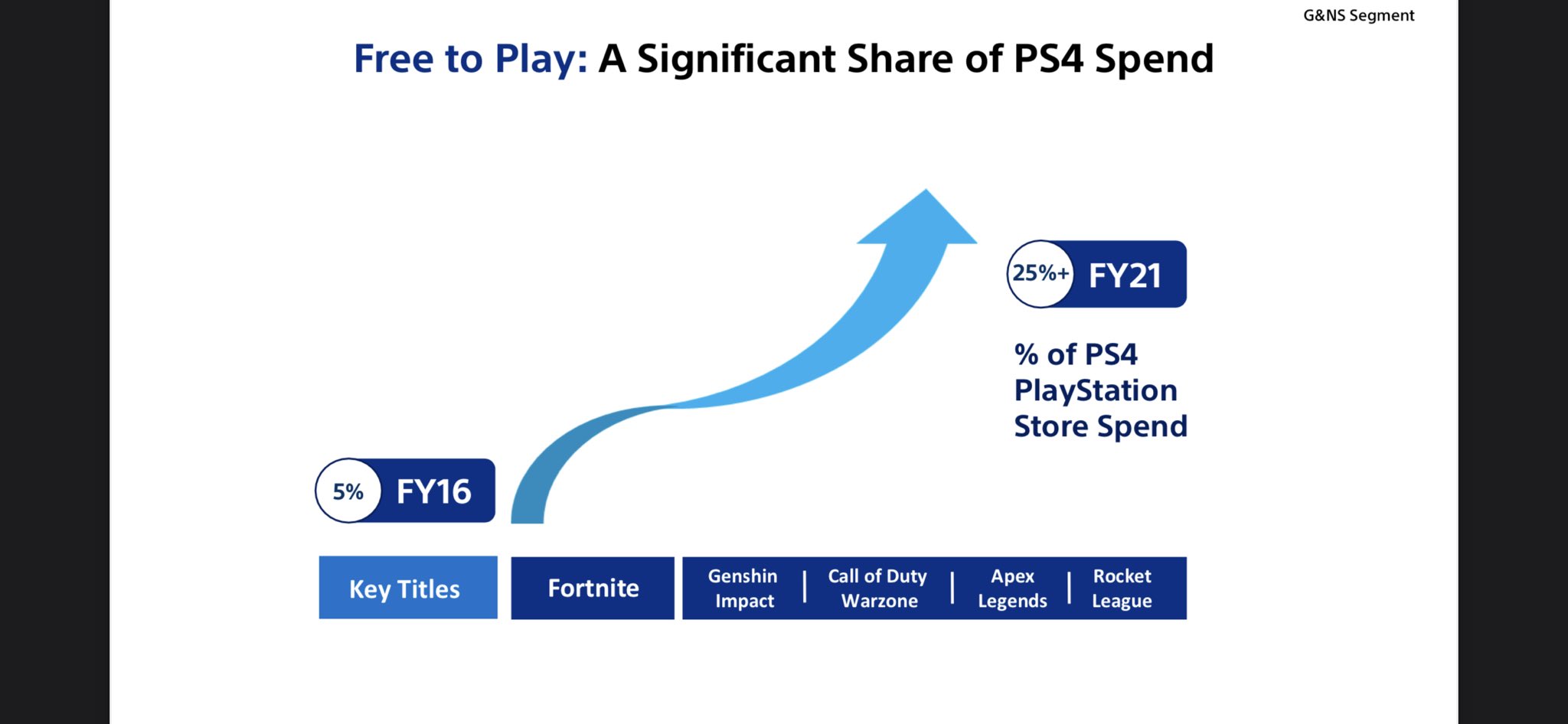- ARPDAUPosted 13 years ago
- What’s an impressive conversion rate? And other stats updatesPosted 13 years ago
- Your quick guide to metricsPosted 13 years ago
Why are so many games converting to a free-to-play model?
In the wake of the recent spate of formerly subscription-based MMOs adopting a free-to-play model (City of Heroes, LEGO Universe, Age of Conan, LOTRO), MCV asked me to answer some questions on why this model works so well.
They published some of my answers over on MCV, but my full, detailed answers are below.
Why does this model work?

Free-to-play games enable players to play the game, for ever, for free. They can experience the world, level up, socialise and have fun without paying any money. A limited percentage of players (generally somewhere between 1% and 20%) choose to spend on things within the game. These could be things like:
- time-for-money (you can wait until tomorrow for this crop to grow/training to complete/sword to be repaired or you can buy it now)
- aesthetics (“everyone in our guild wears purple and green. If you want to join our guild, go and buy some purple and green gear”)
- status (“Hey, look at me everyone, I’ve got the optical monocle thing”)
- Short-term power-ups (“I get 10% more experience for the next hour”)
- There are many other variants – as many as developers can think of and players will buy
Why are so many subscription-based MMOs moving to this model? What effect does it have for their business?
Because it is so much better as a business model.
Everyone knows that subscriptions are a barrier to adoption: you have to persuade people to get over the hurdle of committing to a regular monthly payment. What fewer people realised is that it was also a barrier to revenue. The people who love your game (or any media property) want to spend lots of money on it just like, for example, the way a committed football fan spends lots of money on his favourite team.
Removing the subscription enables many players to try the game AND enables those people who love the game to buy things that they value in it. Dungeons & Dragons Online said that revenues increased 5-fold when they want free-to-play. For Lord of the Rings Online, it was three-fold. The rapid shift to free-to-play is driven by the fact that enables companies to make a meaningful business serving a much smaller audience than the traditional model.
Is it a long-term solution or a short-term fix?
It’s a massive opportunity, and it’s here to stay. Everyone wins.
- Gamers get to play games for free, including games they would not have chosen to access before. They can optionally choose to spend money on items that they relate to (whether that’s about progress, competition, status, self-expression or whatever).
- Companies can get more players to try their games (with no barriers to play) and create content that their biggest fans will value. This means that games no longer need to appeal to a mass-market, lowest-common-denominator audience. They can build successful, profitable niche games.
How does this model clash with the previous one, and with other MMOs that still use it?
I believe that microtransactions work best in free-to-play games, not paid for ones. That they work in paid for ones is not in doubt. World of Warcraft is doing well with its pets and Eve Online has just announced microtransactions too. However, the paid-for games start with customers who already feel that they are paying for their content, whereas free games have a better “karmic” position of giving so much value – for free – to their customers; players feel less nickeled-and-dimed in a free-to-play version. Companies are experimenting with hybrid models, and I’m sure we haven’t seen the end of innovation in this space.
I also think that most MMOs will go free-to-play over the next three years. Probably not Warcraft, Eve, Rift or The Old Republic. But most other massively multiplayer online games are, I’m sure, actively considering it as we speak.













